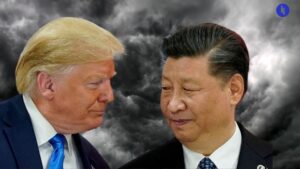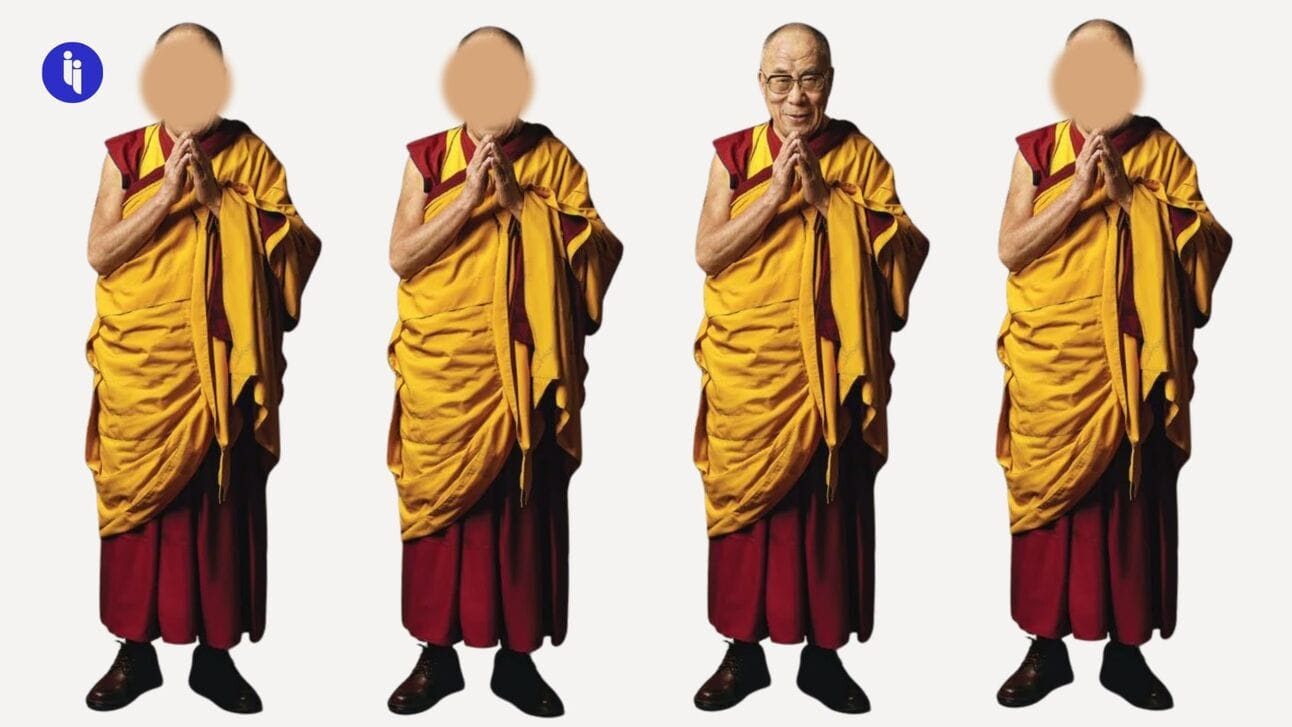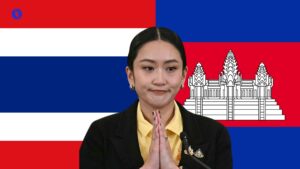There’s nothing new about faith leaders holding political sway. But one such leader just caught our attention with his latest book published this week — specifically, the Dalai Lama mentions that his successor will be born outside China.
First, a quick recap: the Dalai Lama (‘Ocean of Wisdom’) is the traditional religious and political leader of Tibetan Buddhism, which folks have been practicing across Tibet, Bhutan, Mongolia, and other parts of Central and Eastern Asia for more than a millennium.
Recognised as the 14th Dalai Lama reincarnate at age two, the current leader assumed full political leadership of Tibet at age 15 in 1950, just after Mao’s China invaded. He went on to lead talks with Mao himself, but fled after Beijing’s subsequent brutal crackdown on the 1959 Tibetan uprising, and he’s been living next door in India ever since.
Stay on top of your world from inside your inbox.
Subscribe for free today and receive way much more insights.
Trusted by 134,000+ subscribers
No spam. No noise. Unsubscribe any time.
China still describes the Dalai Lama as a ‘separatist in disguise’, and has long worked to undermine his influence at home and abroad. Eg:
- At home, Beijing bans photos of him and restricts Tibetan-language education, and
- Abroad, Beijing imposes costs on anyone meeting him — for example, it squeezed UC San Diego after the Dalai Lama delivered a commencement speech.
But China’s strategy doesn’t just seek to cover the world — it also aims to cover the future:
Back in 1995, China’s security forces seized a six-year-old boy who’d been recognised traditionally as the Panchen Lama — a top leader who’s key to identifying the next Dalai Lama. That little boy would now be aged ~35 today, though he’s not been seen in public since 1995, nobody knows where he is, and Beijing still claims he’s just living a “normal life” and doesn’t want to be disturbed.
Meanwhile, Beijing keeps insisting that the next Tibetan spiritual leader will be a) born in China, and b) approved by Beijing.
And that’s why the current Dalai Lama’s latest book is so spicy — he’s just made very clear, in writing, that his successor will be born elsewhere. He’s already 89, btw.
So why are we writing about this?
Despite the Communist Party’s efforts, the Dalai Lama still holds influence over Tibetans and Tibet itself, a strategic region with a history of impulses tugging towards self-rule.
And whoever controls Tibet also controls…
- The world’s highest and largest plateau, perfect for pressing any military advantage over China’s giant neighbouring rival, India
- The so-called ‘water tower of Asia’, supplying around two billion people
- Renewable energy, including China’s plans for the world’s biggest dam, and
- Major mineral deposits like lithium, a key input for the energy transition.
You could also see China’s seizure of Tibet as classic land-power strategy: establishing a sense of security at home by pacifying what you see as your periphery — it’s arguably what also drives Beijing’s approach in Xinjiang, Taiwan, and the South China Sea.
And that’s all before we look at the implications for ties with India next door.
The two rivals have held an awkward status quo on the Dalai Lama in part because they both at least recognise the same guy as Dalai Lama — and India reassures China that, while he’s free (and popular), he’s not allowed to engage in ‘anti-China activities’.
But we’re now hurtling towards a situation in which two Dalai Lamas might emerge: one approved by Beijing, and the other quite possibly emerging in or relocating to India. And that raises all kinds of high-stakes questions:
- Which one (if any) will India recognise?
- What (if anything) does that mean for Tibet’s government-in-exile in India?
- And what might China do to force India’s hand one way or another?
INTRIGUE’S TAKE
Beijing’s paranoia here is partly about Tibet’s strategic value, partly about the Party’s focus on domestic stability, but also partly about US-China ties. That’s because China has long feared that the US is using Tibet as a way to weaken it, becoming increasingly irritated with each new US law on Tibet, whether…
- The 2002 law supporting the preservation of Tibetan identity
- The 2020 law on the right of Tibetans to choose their own religious leaders, or
- Last year’s law countering Beijing’s disinformation about the Dalai Lama, while urging China to re-enter a dialogue with him.
It also reflects the Party’s uneasy relationship with faith, which dovetails with its own ideology and has ebbed and flowed over the decades depending on China’s level of a) political anxiety, and b) broader religiosity. And while both are tough to measure in an opaque system, both have seemed to be rising in recent years: eg, by some estimates, China now has more Christians than members of the Communist Party (~100 million).
Also worth noting:
- The CIA funded Tibetan insurgencies in the 1950s and 60s, though these efforts faded as US-China ties warmed from the 70s.
- China claims authority over the Dalai Lama selection process via an imperial ordinance from 1793, while critics note that this 1793 selection process has only ever been used a couple of times.







